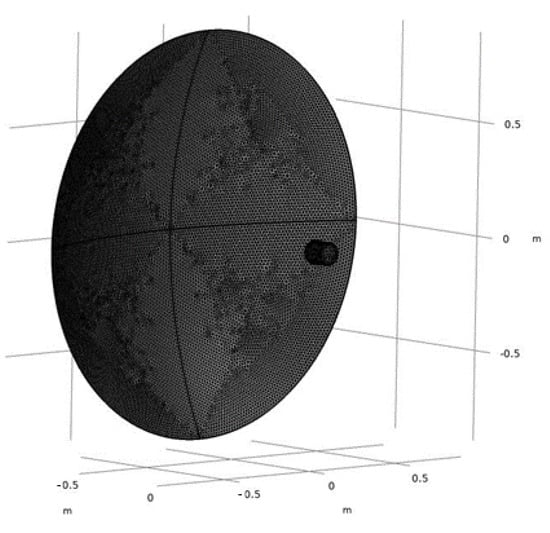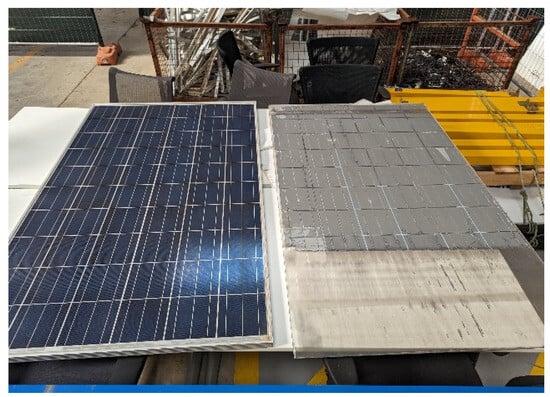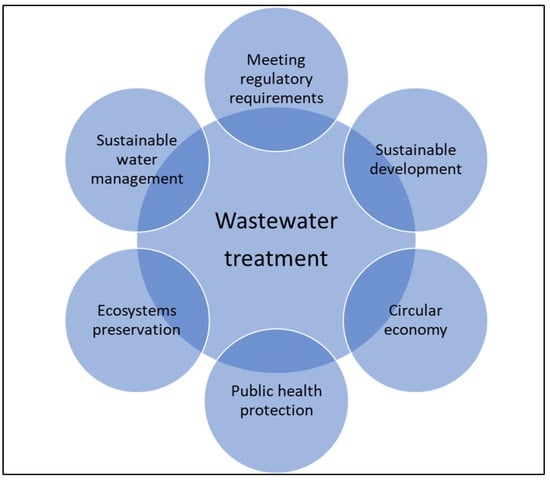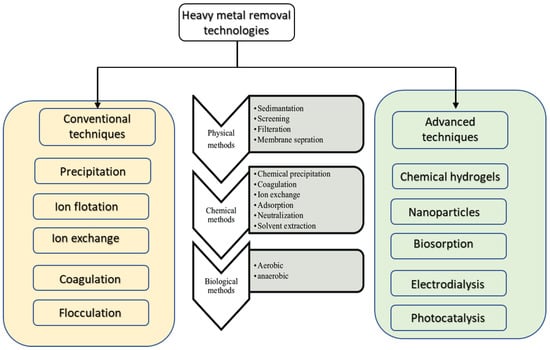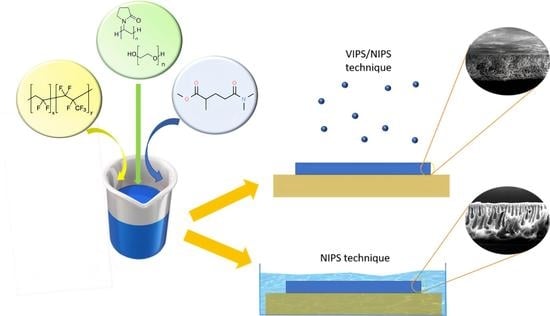Brilliant Young Researchers in Clean Technologies
A topical collection in Clean Technologies (ISSN 2571-8797).
Viewed by 15502Editor
Interests: sustainability; chemical engineering; process intensification; membrane technology; CO2 capture; applied thermodynamics; life cycle assessment
Special Issues, Collections and Topics in MDPI journals
Topical Collection Information
Dear Colleagues,
This Topical Collection is dedicated to brilliant researchers in the development of clean and novel technologies who have shown a promising curriculum at an early age. Manuscripts covering original research as well as review articles, short communications, and perspective articles are acceptable for submission. If interested, please send your CV and the title and abstract of your work to patricia.luis@uclouvain.be. Outstanding authors will be formally invited.
We look forward to receiving key contributions in the field.
Prof. Dr. Patricia Luis
Collection Editor
Manuscript Submission Information
Manuscripts should be submitted online at www.mdpi.com by registering and logging in to this website. Once you are registered, click here to go to the submission form. Manuscripts can be submitted until the deadline. All submissions that pass pre-check are peer-reviewed. Accepted papers will be published continuously in the journal (as soon as accepted) and will be listed together on the collection website. Research articles, review articles as well as short communications are invited. For planned papers, a title and short abstract (about 100 words) can be sent to the Editorial Office for announcement on this website.
Submitted manuscripts should not have been published previously, nor be under consideration for publication elsewhere (except conference proceedings papers). All manuscripts are thoroughly refereed through a single-blind peer-review process. A guide for authors and other relevant information for submission of manuscripts is available on the Instructions for Authors page. Clean Technologies is an international peer-reviewed open access quarterly journal published by MDPI.
Please visit the Instructions for Authors page before submitting a manuscript. The Article Processing Charge (APC) for publication in this open access journal is 1600 CHF (Swiss Francs). Submitted papers should be well formatted and use good English. Authors may use MDPI's English editing service prior to publication or during author revisions.
Keywords
- clean technologies





